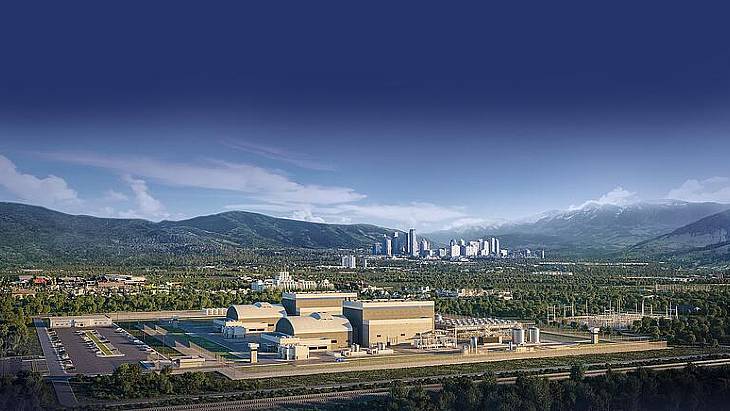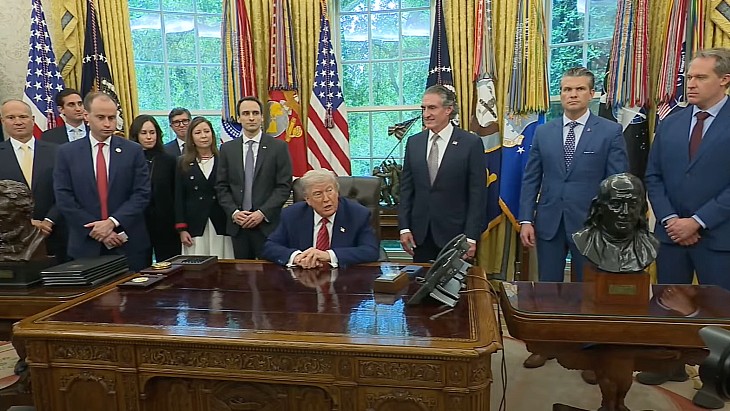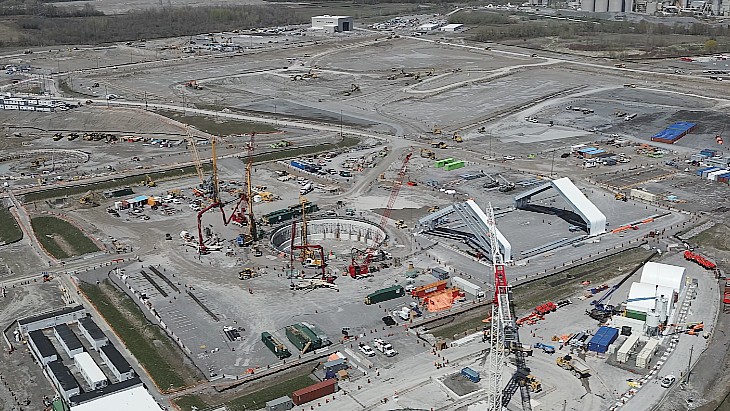Westinghouse and Ansaldo Nucleare collaborate on next-gen LFR nuclear plant

The agreement will see the two companies advance a "common design to maximise synergies, combine experience in design, testing and licensing and align respective partner and supply chain organisations".
The two companies have worked together for four decades developing advanced Light Water Reactor technology through AP600 and AP1000 plant projects.
Ansaldo Nucleare’s chairman, Roberto Adinolfi, said: "Ansaldo Nucleare shares a common vision with Westinghouse. Ansaldo has strongly believed and invested in LFR technology since the beginning of the century, and we are eager to start another journey of collaboration with Westinghouse toward its deployment."
Westinghouse’s chief technology officer, Rita Baranwal, said: "The joint work we have accomplished already will serve as a springboard to accelerate LFR technology development. We are developing an economically competitive, versatile and sustainable nuclear power plant which will be deployed to accommodate the needs of diverse communities and evolving energy markets, including district heating, hydrogen generation, and water desalination."
The companies said the agreement "builds upon development activities already under way in the UK, USA, Italy and Romania where more than ten state-of-the-art, lead-based test facilities are being installed".
World Nuclear Association says LFRs are "a flexible fast neutron reactor which can use depleted uranium or thorium fuel matrices, and burn actinides from LWR fuel. Liquid metal (Pb or Pb-Bi eutectic) cooling is at atmospheric pressure by natural convection (at least for decay heat removal). Fuel is metal or nitride, with full actinide recycle from regional or central reprocessing plants. A wide range of unit sizes is envisaged, from factory-built "battery" with 15-20 year life for small grids or developing countries, to modular 300-400 MWe units and large single plants of 1400 MWe".
The two companies said: "The objective is step-change performance improvement relative to traditional nuclear technology, including enhanced economics, market versatility beyond electricity and improved sustainability."
_92619.jpg)

_84504.jpg)








